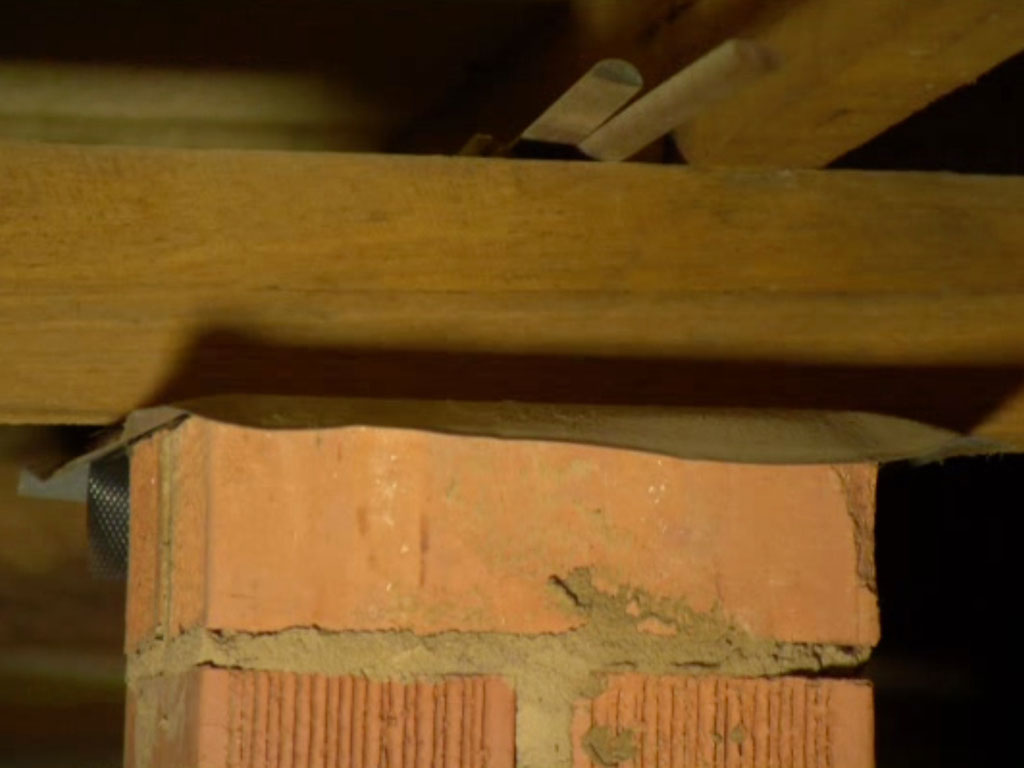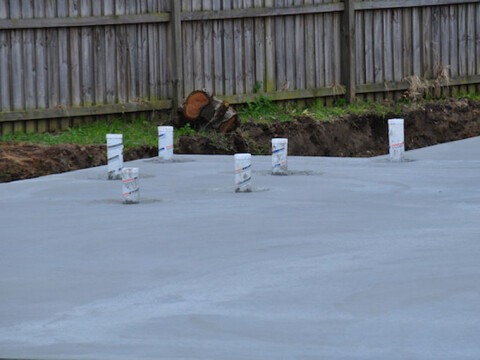Homes built on brick piers
Brick piers lift the whole building off the ground. This is great, as with an accessible sub-floor, the termite inspector can easily get under the house and see whether termites are getting in by looking for their mud tubes on the outside of the piers or supporting walls.
However, it is important that each brick pier and any supporting walls also have a physical barrier between the top of the pier or wall and the timber floor joists. This is because termites are more than capable of moving up inside the brickwork to get to the timber. By putting a physical barrier at the top of the pier – traditionally this would be a metal “ant” cap – it forces the termites to move to the outside of the pier to access the wood. When they do this, the termite activity can be detected and suitably treated.
The installation of termite systems – either soil treatments or termite monitoring and baiting systems – to the sub-floor and perimeter of the building will provide extra protection, with the soil treatment preventing termites even building their mud tubes on the outside of brickwork.
Homes built on concrete slabs
The concrete slab itself – as long as it has been constructed well, so it doesn’t crack – presents a solid physical barrier to termites.
However, there will always be pipework entering through the slab (for utilities and drainage) and sometimes there will be joins in the slab. These are all potential termite entry points and need to be protected with physical products during the construction of the concrete slab.
However, one of the common termite entry points for concrete slab homes are termites squeezing through gaps between the concrete slab and brickwork on the outside of the home, especially if the slab and lower courses of bricks are below soil level. In such situations, if no physical termite barrier was incorporated into the wall during construction, it would be necessary to treat the soil around the perimeter of the home with a termiticide or install a termite monitoring and baiting system around the building perimeter.
However, these treatments do not stop termites potentially building a mud tube over the soil and entering a weep hole. With weep holes often hidden behind vegetation (and rarely inspected) it makes sense to protect the weep holes. The Weepa Termite Protector Weep Hole Screen can easily be inserted into the weep holes to prevent termite entry, whilst still allowing the weep hole to do its job.



